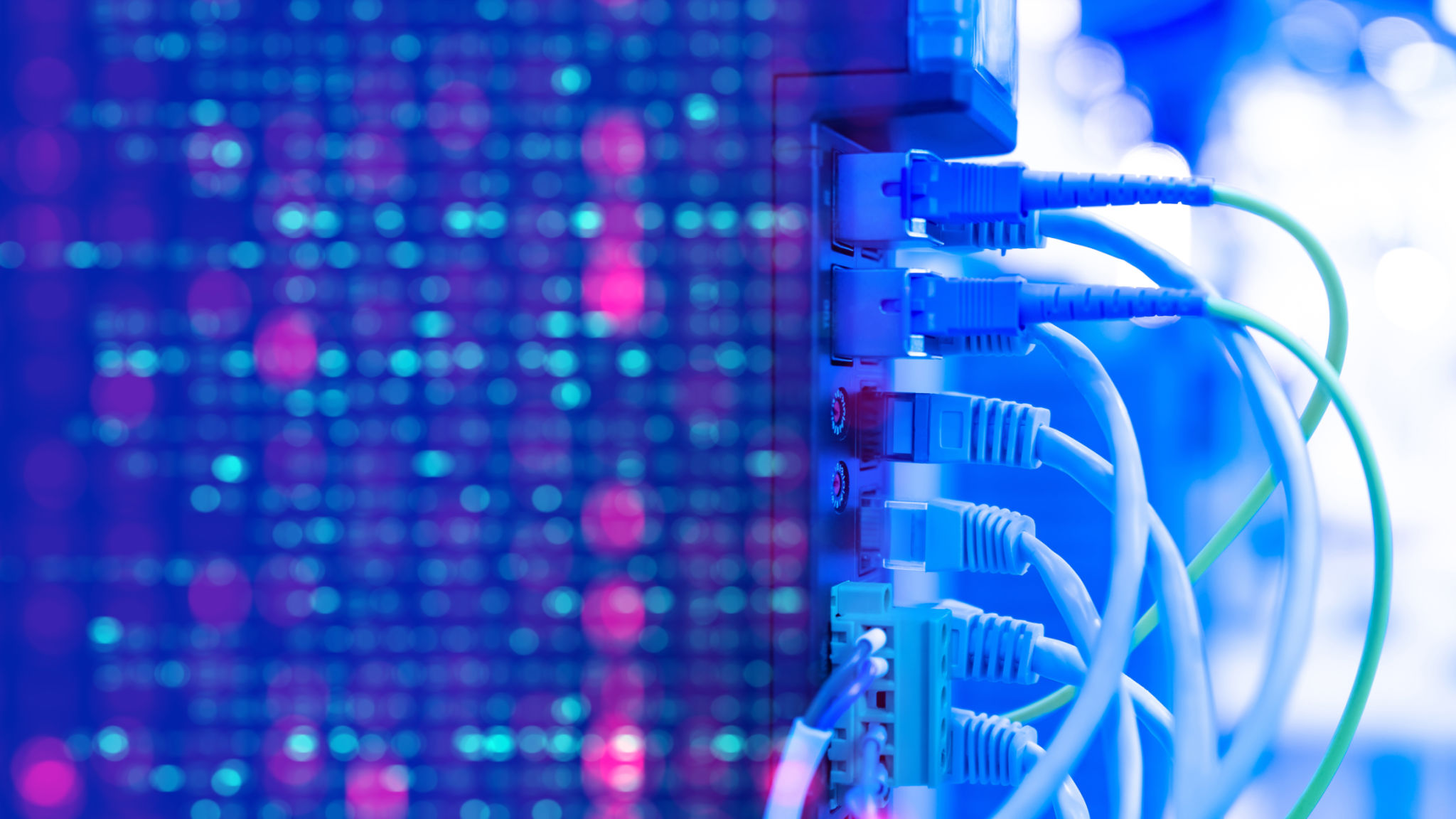Latest Trends in Structured Networking Solutions: What to Expect
Understanding the Evolution of Structured Networking Solutions
As businesses continue to expand their digital infrastructure, the demand for efficient and scalable networking solutions has never been higher. Structured networking solutions are evolving rapidly to meet these needs, offering enhanced performance, reliability, and flexibility. In this post, we'll explore the latest trends in structured networking solutions and what you can expect from the ever-changing landscape.

Increased Focus on Automation
One of the most significant trends in structured networking is the increased focus on automation. As networks grow more complex, manual configuration and management become less feasible. Automation helps streamline network operations, reducing the potential for human error and increasing efficiency. Tools that leverage AI and machine learning are becoming more prevalent, allowing for predictive maintenance and optimization.
With automation, network administrators can deploy services faster, manage large-scale networks more effectively, and ensure consistent performance. This trend is especially beneficial for organizations with expansive or multi-site networks, as it simplifies the management process and frees up resources for other strategic initiatives.
Integration of IoT Devices
The integration of Internet of Things (IoT) devices into structured networking solutions is another trend gaining momentum. As IoT devices become more widespread in various industries, networks must adapt to accommodate the increased data flow and connectivity demands. Structured networking solutions are evolving to provide robust support for these devices, ensuring seamless integration and efficient data management.

Businesses can expect to see enhanced security features tailored to IoT devices, as well as improved data analytics capabilities that help harness the information generated by these devices. This integration allows companies to leverage IoT data for better decision-making and operational efficiency.
Emphasis on Security
With the growing complexity of networks and the rise of cyber threats, security remains a top priority in structured networking solutions. Modern networking solutions are designed with advanced security features to protect sensitive data and prevent unauthorized access. This includes end-to-end encryption, secure access controls, and real-time threat detection.
Network segmentation is also becoming more common as a way to isolate and protect different parts of the network. By segmenting networks based on function or user group, organizations can minimize the impact of potential breaches and maintain operational integrity.

Adoption of Cloud-Based Solutions
The adoption of cloud-based solutions in structured networking is transforming how businesses operate. Cloud-based networking offers scalability, flexibility, and cost-effectiveness, allowing companies to adapt quickly to changing demands. As more organizations move their infrastructure to the cloud, structured networking solutions are being designed to seamlessly integrate with cloud environments.
This trend enables businesses to leverage cloud resources efficiently while maintaining control over their network configurations. Additionally, cloud-based solutions often come with built-in redundancy and disaster recovery options, providing enhanced reliability and peace of mind.
The Future of Structured Networking
As technology continues to advance, structured networking solutions will undoubtedly evolve to meet new challenges and opportunities. Businesses that stay informed about these trends will be better positioned to harness the full potential of their networks. By embracing automation, IoT integration, enhanced security measures, and cloud-based solutions, organizations can build robust networks that support growth and innovation.
In conclusion, staying ahead in the world of structured networking requires ongoing attention to emerging trends and technologies. By understanding and implementing these latest advancements, businesses can ensure their networks remain resilient, secure, and capable of supporting their long-term goals.